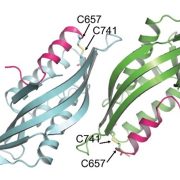
Insights into the chloroplast division site regulators and light
Plant Science Research WeeklyChloroplasts divide by binary fission driven by a protein ring, the position of which is regulated by the Min system (derived from the system in bacteria). The inner envelope membrane protein PARC6 (PARALOG OF ARC6) is a key component. Here Sun et al. generated crystal structures showing that PARC6 interacts…

Green means go: Green light promotes hypocotyl elongation via BRs
Plant Science Research WeeklyGenerally, light inhibits hypocotyl elongation. Like red and blue light, green light was previously reported to inhibit hypocotyl elongation in several plants. Here, Hao et al. discovered that the inhibition of hypocotyl growth by green light is due to wavelength impurities in the green lights used.…
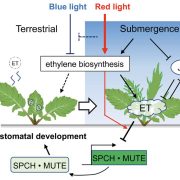
Underwater blues: Molecular rewiring of stomatal development in Rorippa aquatica
Plant Science Research WeeklyUnanticipated flooding conditions challenge the survival and overall growth and development of a plant, for example stomatal development is suppressed under submerged conditions. Stomata are microscopic pores on the surface of leaves of a plant that play an important role in the exchange of gases between…
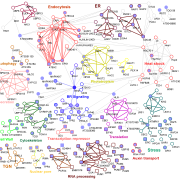
BIN2 signaling network constructed using proximity labeling and TurboID
Plant Science Research WeeklyThe brassinosteroid (BR) signaling pathway is essential for plant growth and development. BRASSINOSTEROID-INSENSITIVE2 (BIN2) is a GSK3-like kinase, serving as a repressor of the BR signaling pathway. In the absence of BR, BIN2 phosphorylates BRASSINAZOLE-RESISTANT1 (BZR1) family transcription factors…
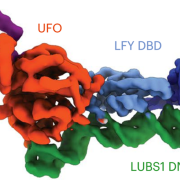
UFO helps LEAFY find new promoter elements
Plant Science Research WeeklyFloral development has been the object of decades of plant research, yet many fundamental questions remain. One of these is the mechanism by which LEAFY (LFY), the master transcription factor of floral development, works with UNUSUAL FLORAL ORGANS (UFO), an F-box protein, to regulate petal and stamen…

MicroRNA encoded peptide affects arsenic sensitivity
Plant Science Research WeeklyMicroRNAs (miRNAs) are small non-coding RNAs that down-regulate their targets through translational repression or mRNA cleavage. Some pri-miRNAs encode small regulatory peptides (miPEP) which regulate plant growth and development by modulating subsequent miRNA expression. How different biotic or abiotic…
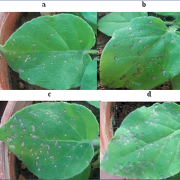
tter gourd protein for defense against plant viral diseases
Plant Science Research WeeklyBitter gourds (or bitter melon) have been a childhood nightmare of mine. I remember that as a child, my grandparents used to force me to consume these really bitter gourds (Momordica charantia) telling me that they had ‘many benefits’. In addition to being a rich source of antioxidants, M. charantia…
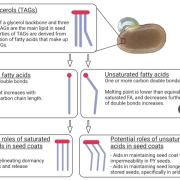
Does fire drive fatty acid composition in seed coats of physically dormant species?
Plant Science Research WeeklyPhysical dormancy is imposed by an impermeable seed coat that prevents water uptake. For germination to occur, this coat must be broken. Fire passage, for example, breaks physical dormancy in ecosystems where such events are recurrent. However, the mechanisms behind how fire achieves this has yet to…

Plant Science Research Weekly: February 10, 2023
WWR Full PostReview: Hypes, hopes, and the way forward for microalgal biotechnology
Microalgae are small, photosynthetic algae that have emerged as important contributors to food and nutrient production. This review describes the many ways they can be grown (e.g., autotrophic, with sunlight or artificial light;…

